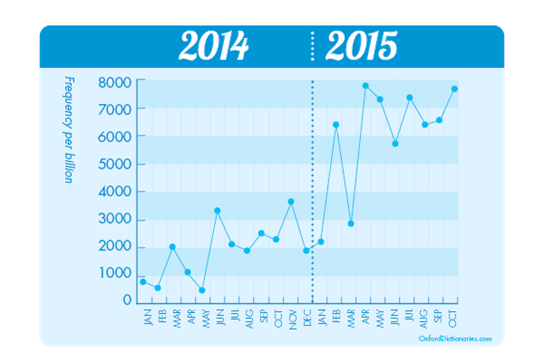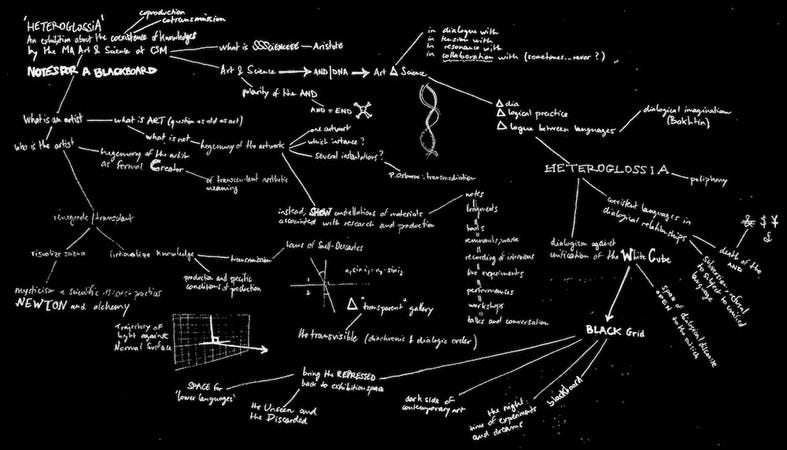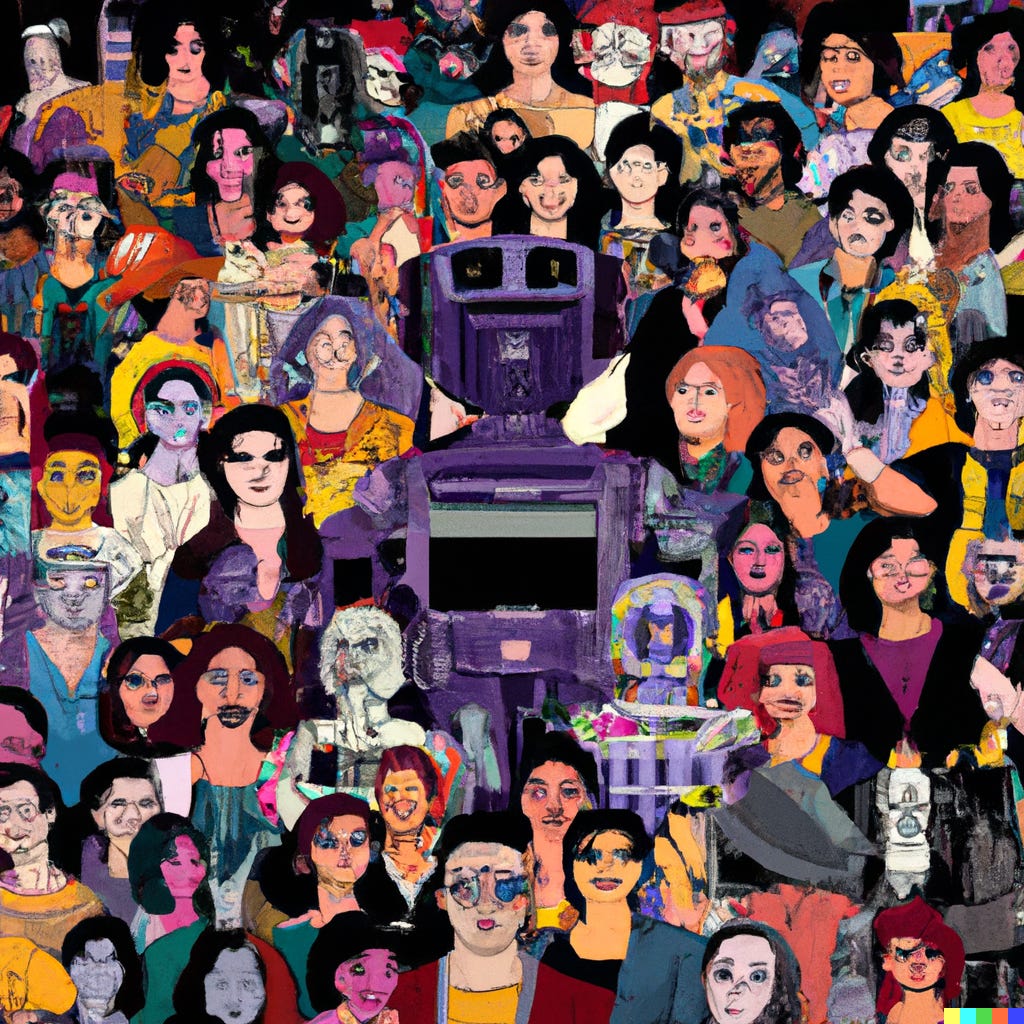Whose Language Is It Anyway?
Recently, I found myself participating in a live customer service bot demonstration at a conference. The bot replied with such sophistication and flair that for a moment, I thought, “Is there a human on the other end?” This interaction led me down a path of reflection.
With AI and chatbots engaging in human-like conversations, what implications does this have for the evolution of our language? Additionally, are we humans the true creators of our linguistic expressions, or are we, like LLMs, stitching together words through the information we absorb?
Human Language: A Vibrant Tapestry
Human language can be envisioned as an ever-expanding, vibrant tapestry, woven with threads of creativity and innovation. For instance, consider the remarkable story of a young boy in Nicaragua who, despite being deaf and having no access to formal sign language, constructed his own. This example is not isolated; Nicaragua Sign Language emerged organically among deaf children in the 1970s and 1980s and has since evolved into a comprehensive language with thousands of speakers. This instance attests to the intrinsic human capacity to innovate and create language.
Language is not a static construct; it is malleable and adapts to societal changes and technological advancements. A decade ago, emojis were predominantly used in informal communication. However, in 2015, the "Face with Tears of Joy" emoji was officially recognized and chosen as Oxford Dictionaries' Word of the Year. This development signifies the evolution and diversification of the modes of expression within language.

Furthermore, society’s embrace of new concepts is often accompanied by the evolution of language. The term “selfie” is a prime example. First coined in an Australian internet forum in 2002, it entered popular usage and was included in the Oxford English Dictionary by 2013. This demonstrates the dynamic nature of language and its capacity to adapt to cultural trends.
Another illustrative example is the word "tweet." Before Twitter’s advent, it was primarily associated with the sound made by birds. However, with approximately 500 million tweets being sent each day, it now has a new definition that has been integrated into modern lexicon.
Engaging with Artificial Intelligence: A Dialogical Dance
As I delved deeper, I encountered the research of Russian philosopher Mikhail Bakhtin. Bakhtin likened language to bees in a hive, incessantly buzzing and ever-changing. He coined the term “heteroglossia” to reflect the notion that language is a mosaic of different voices and styles. Artificial intelligence systems, such as chatbots, operate by amalgamating snippets of language gathered from extensive textual data. Intriguingly, this bears resemblance to the mosaic nature that Bakhtin described.
This observation leads to a realization: when we engage in communication with AI, we are interacting with the myriad voices and styles it has internalized. Bakhtin’s concept suggests that our interaction with AI transcends mere information exchange; it is a dynamic interplay with the rich linguistic tapestry that AI incorporates. Such engagement has the potential to influence our own language.
Contemplate the diversity of dialects, technical jargon, and vernaculars that AI systems have assimilated. Responses from an AI could fuse Shakespeare's eloquence, Hemingway's brevity, the precision of a scientist, and the narrative flair of a novelist.
Artificial Intelligence mirrors our language, albeit with a twist. It embroiders its unique patterns into the linguistic tapestry. Here, Bakhtin's insights ring true as language is seen as a collaborative canvas, to which AI is now actively contributing.

For further exploration on Bakhtin’s theories, I highly recommend reading "The Dialogic Imagination: Four Essays by M. M. Bakhtin".
My Reflections
An intriguing observation - Consider language as an ever-evolving collaborative art form, shaped by individuals across time and cultures, and now even by AI.
Language is an ever-evolving entity. It is a living, breathing tapestry that adapts with societal progression. AI, with its ability to simulate human conversation, is becoming an active participant in this evolution.
Language is not a relic; it is an invaluable treasure constantly shaped by all contributors, and AI is the latest entrant. Let us critically and enthusiastically engage with this new chapter in the evolution of language.


